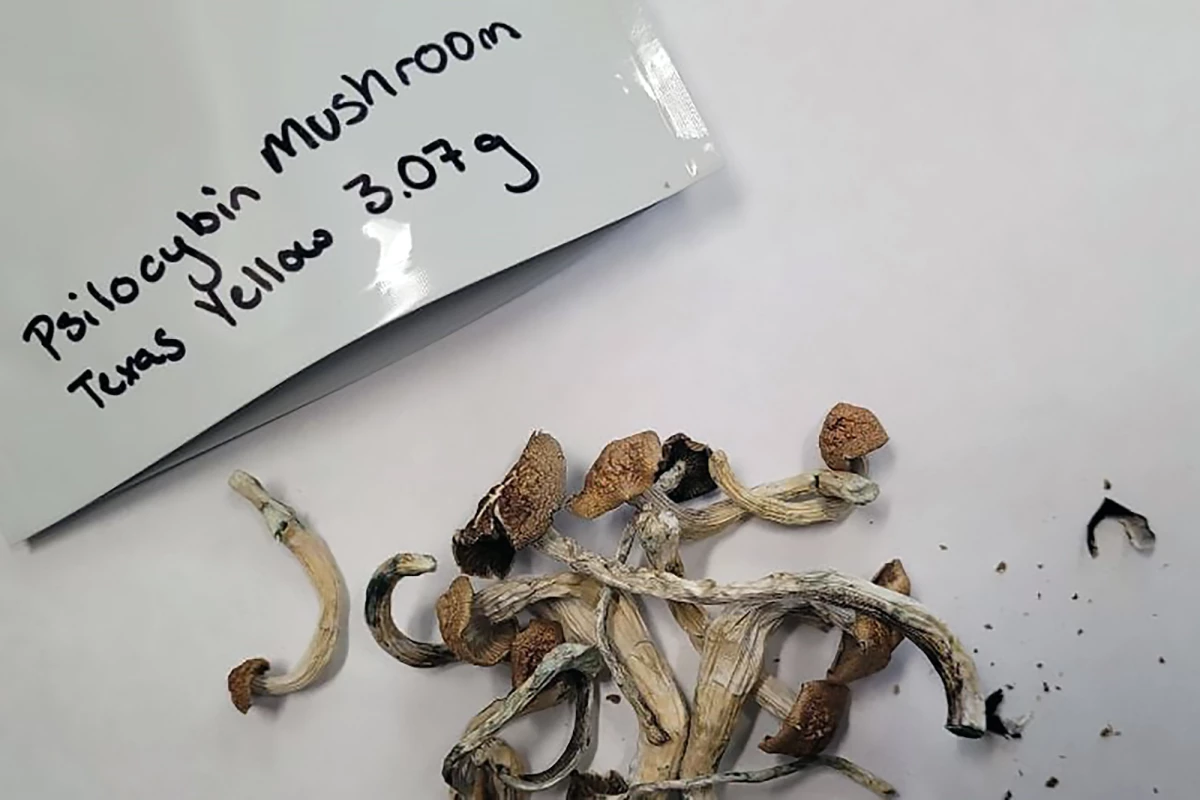Psilocybin mushrooms have been illegal since the ’70s. Deemed not to be beneficial to health and considered ripe for abuse, it’s only relatively recently that research highlighting the medicinal benefits of psilocybin, particularly in treating psychiatric disorders, has gained acceptance by politicians, drug regulators, and the public.
Some US cities have decriminalized psilocybin possession, and Colorado and Oregon have legalized its supervised medical use. The changing legal landscape has meant that more clinicians need to ensure their patients receive the correct amount of psilocybin during treatment. To make it easier for both, in a new study, researchers from the University of Texas at Arlington (UTA) describe their method for determining the potency of magic mushrooms.
“As medical professionals identify more safe and effective treatments using mushrooms, it will be important to ensure product safety, identify regulatory benchmarks, and determine appropriate dosing,” said Kevin Schug, professor of analytical chemistry at UTA’s Department of Chemistry and Biochemistry and the study’s corresponding author. “Established and reliable analytical methods like the one we described will be essential to these efforts to use mushrooms in clinical settings.”
Psilocybin itself isn’t a psychoactive compound. It’s only after ingestion of mushrooms containing psilocybin and metabolism by the liver that psilocybin is converted to the psychoactive psilocin. While many different mushroom species produce psilocybin, the genus Psilocybe are what is most often referred to as ‘magic mushrooms’. Of this genus, the most cultivated and commercially available (although illegal in many US jurisdictions) is P. cubensis. So, that’s the species that the researchers focused on.
They chose five strains of mushrooms – Thai Cubensis, Texas Yellow, B-Plus, Blue Meanie, and Creeper – to analyze for psilocybin and psilocin content using liquid chromatography coupled with tandem mass spectrometry (LC-MS/MS). Combining the two harnesses liquid chromatography's ability to separate compounds of interest from a sample solution with mass spectrometry's highly sensitive and selective analytic capability. The mushrooms used were received under license from the Drug Enforcement Agency (DEA) from a research institute in Phoenix, Arizona.
The researchers found that their LC-MS/MS method demonstrated good accuracy, precision, and separation of analytes – substances whose chemical constituents are being measured – and could rapidly determine a mushroom’s potency. Comparing the results by having a non-affiliated laboratory run their own tests confirmed their accuracy.
The researchers say that their findings should be used to standardize the determination of magic mushroom potency.
“[T]o advance the understanding of the clinical utility of psilocybin mushrooms for psychiatric disorders, it is of utmost importance that potency determination be standardized for the purposes of predictability, harm reduction, and consistency,” said the researchers. “With this, future studies may also seek to investigate the effect of various growing conditions on the potency of these mushrooms or develop ways to reliably obtain genetically identical fungal clones as a countermeasure against the wide variability in potency.”
As a lab-based technology requiring some pretty serious equipment, it's a long way off being useful at parties, so recreational users needn't get too excited.
There's something a little jarring about watching researchers trying to apply the rigorous measures of modern medical science to a drug that has been viewed as mystical and sacred for thousands of years – but that's what's so fascinating about the dawn of psychedelic medicine.
The study was published in the journal Analytica Chimica Acta.
Source: UTA





